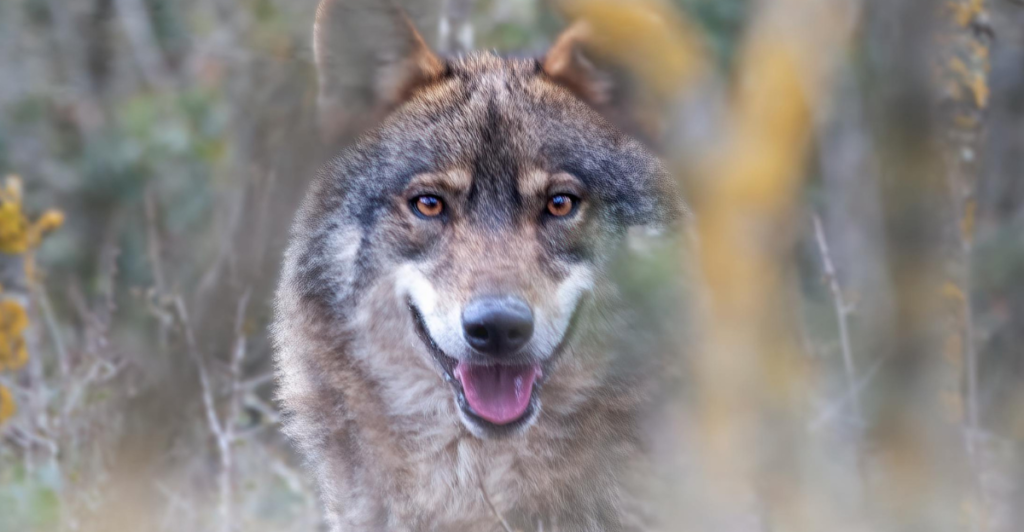
Wolves are keystone species that help maintain the delicate balance of ecosystems. By regulating prey populations, they encourage biodiversity and healthier landscapes. Their presence indirectly strengthens the food web, impacting plants, animals, and the landscape. As ecosystem engineers, wolves contribute to stronger, more resilient environments. Their critical role highlights how interconnected nature truly is, making them indispensable to ecological health across their native territories worldwide.
Cultural Symbols Across Time

For centuries, wolves have captured human imagination, symbolizing intelligence, strength, and freedom. From European folklore to Native American traditions, they appear as spiritual guides and ancestral figures. In many cultures, wolves represent resilience and a connection to the untamed wild. Their stories have been passed down, offering balance, survival, and community lessons. This enduring reverence underscores their profound influence on human culture and mythology.
Sonja Swift’s Exploration of Wolves

Author Sonja Swift delves into the intricate relationship between wolves and humans in her book Echo Loba, Loba Echo: Of Wisdom, Wolves, and Women. She highlights how wolves reflect human fears, aspirations, and connections to nature through personal stories and ecological insights. The book examines how wolves inspire resilience and wisdom, urging readers to see these animals as predators and symbols of coexistence and environmental harmony.
Wolves in Mythology and Folklore

Wolves are woven into folklore worldwide, often depicted as guides, protectors, or symbols of primal strength. Native American legends, for example, celebrate wolves as spiritual teachers, while Norse mythology portrays them as fierce and untamable. In Japan, wolves are protectors of crops and families. These stories reflect humanity’s deep respect and fascination with wolves, showcasing their symbolic role in teaching lessons about courage, loyalty, and survival.
Misunderstanding Wolves – A Historical View

Despite their ecological importance, wolves have been historically misunderstood. Misconceptions, often rooted in medieval fears, painted them as villains. Colonists in North America perpetuated this by associating wolves with destruction, leading to widespread hunting. Yet, studies show wolves pose minimal danger to humans and livestock. Recognizing these myths helps shift perceptions, fostering a greater understanding of their vital role in nature and the need for coexistence.
Wolves as Keystone Species

Wolves profoundly influence ecosystems. By controlling deer and elk populations, they prevent overgrazing, allowing vegetation to thrive. This revitalizes habitats, benefiting countless species. Their presence creates ripple effects, encouraging biodiversity and fostering healthier ecosystems. For instance, in Yellowstone National Park, the return of wolves transformed landscapes, benefiting beavers, birds, and even river systems. Wolves demonstrate how one species can shape entire ecosystems.
Indigenous Connections to Wolves

For many Indigenous cultures, wolves symbolize guidance and kinship. The Anishinaabe word for wolf, Ma’iingan, translates to “one who shows the way,” reflecting their spiritual significance. Tribes like the Lakota and Ainu incorporate wolves into origin stories and traditions, viewing them as protectors and family. These deep connections emphasize the harmonious relationship between people and nature, offering lessons in respect and coexistence.
The Modern Conservation Challenge

Wolves face significant threats, from habitat loss to human conflict. Despite being protected in some regions, government predator management programs result in many wolf deaths annually. Conservationists advocate for public awareness about wolves’ ecological roles and the importance of coexistence. Efforts to protect wolves often highlight the need to respect their habitats and promote policies rooted in science and Indigenous knowledge.
Lessons from Yellowstone Wolves

Yellowstone National Park’s reintroduction of wolves in 1995 provided groundbreaking insights into ecosystem dynamics. Wolves reduced overpopulated elk herds, allowing vegetation to recover. This supported species like beavers and birds, reshaping the park’s rivers and landscapes. The success story underscores wolves’ role in restoring ecosystem balance, inspiring similar conservation efforts globally. Their impact demonstrates nature’s capacity for regeneration when predators are present.
The Disconnect: Fear vs. Reality

Wolves rarely threaten humans, with only six recorded fatalities in the U.S. over the last century. Yet, fear and folklore fuel misconceptions. These biases contribute to overhunting and predator control programs. Understanding the minimal danger wolves pose and their immense ecological benefits can help bridge this gap. Educating communities about wolves’ true nature fosters coexistence and reduces unnecessary conflicts.
The Power of Wolf Metaphors

Wolves symbolize divergent human values: freedom, resilience, and even fear. Swift explores how wolves reflect humanity’s duality, our drive to dominate versus our need for harmony. They serve as metaphors for balance and survival, urging us to reconsider our relationship with nature. We can better appreciate their role in our shared world by valuing wolves as ecological partners and cultural icons.
Indigenous Wisdom in Conservation

Indigenous practices emphasize coexistence with wolves and nature. Their land stewardship has preserved biodiversity for generations, offering sustainable conservation models. Recognizing these traditions challenges outdated approaches driven by profit or control. Empowering Indigenous communities ensures conservation aligns with their cultural values, supporting wildlife and human wellbeing. As spiritual symbols, Wolves embody this interconnectedness and inspire collaborative protection efforts.
A Call to Protect Wolves

Wolves teach us about resilience, community, and coexistence. Protecting them starts with shifting perceptions and recognizing their ecological importance and cultural significance. Conservation efforts must prioritize habitat preservation, reduce conflicts, and embrace Indigenous wisdom. Wolves remind us that humanity thrives when nature does. As Swift’s work emphasizes, respecting and protecting wolves can lead to a deeper understanding of ourselves and the ecosystems we call home.
Stay connected with us for more stories like this! Follow us to get the latest updates or hit the Follow button at the top of this article, and let us know what you think by leaving your feedback below. We’d love to hear from you!







